Normal Letter Recognition Worksheets for Ages 4-6 - Page 4
78 filtered results
-
From - To
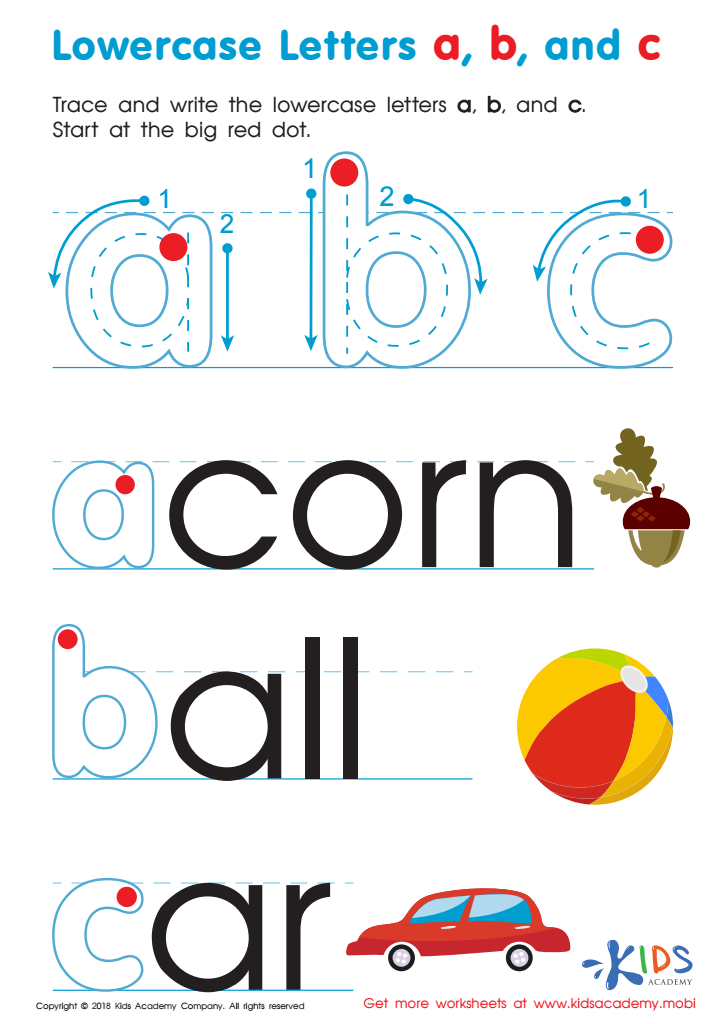

Lowercase Letters a b c Worksheet
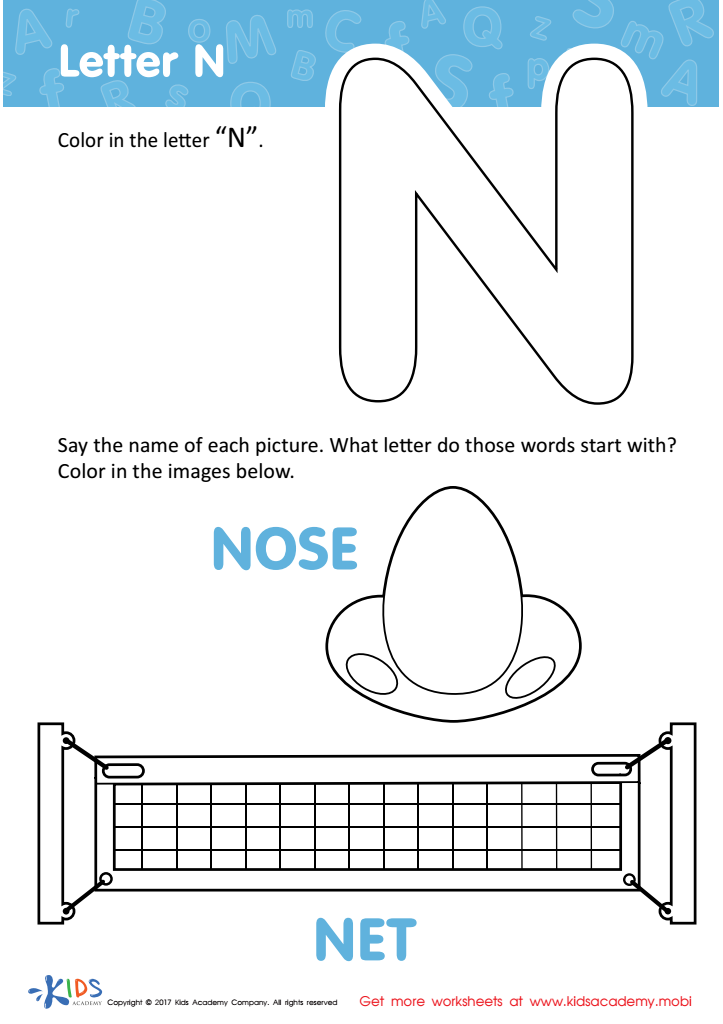

Letter N Coloring Sheet
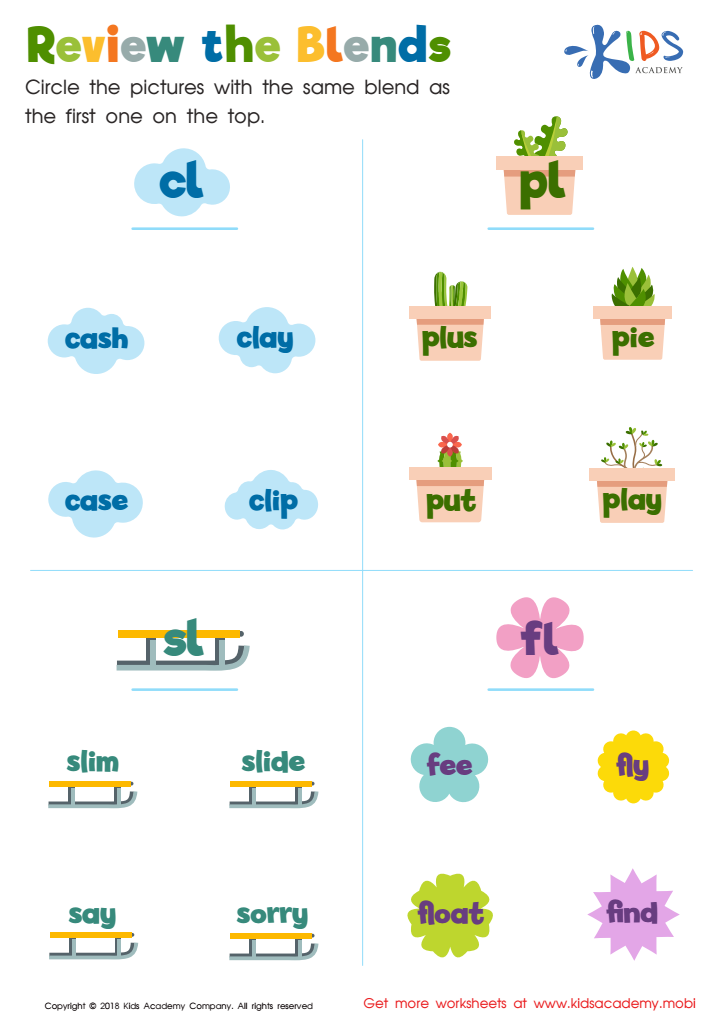

Review the Blends Worksheet


Letter D Tracing Page
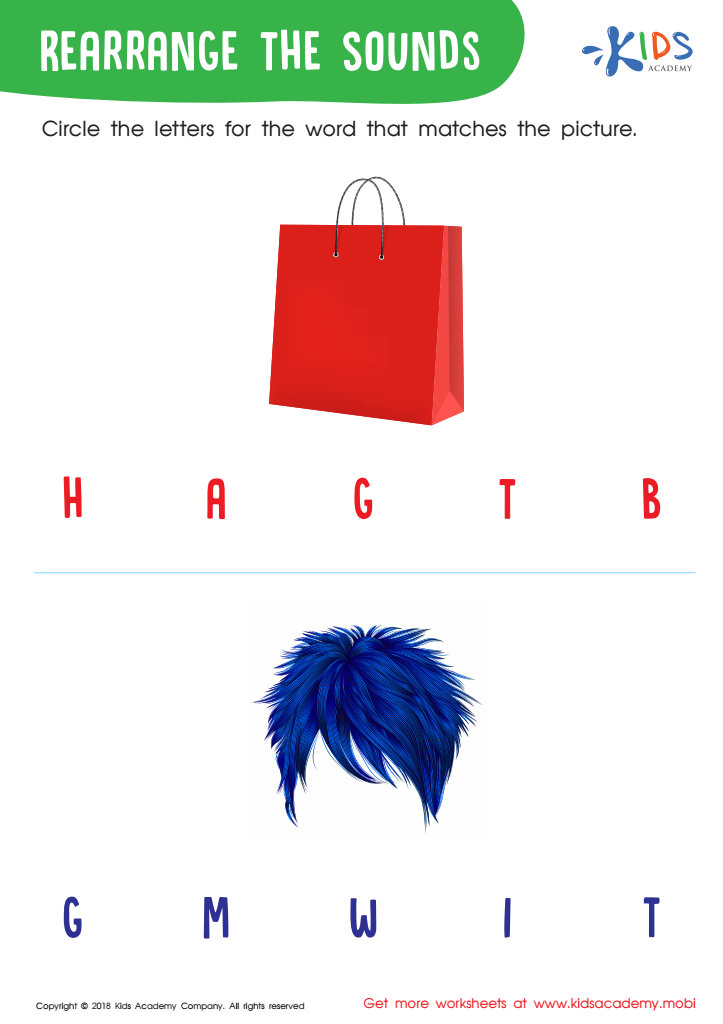

Rearrange the Sounds Worksheet
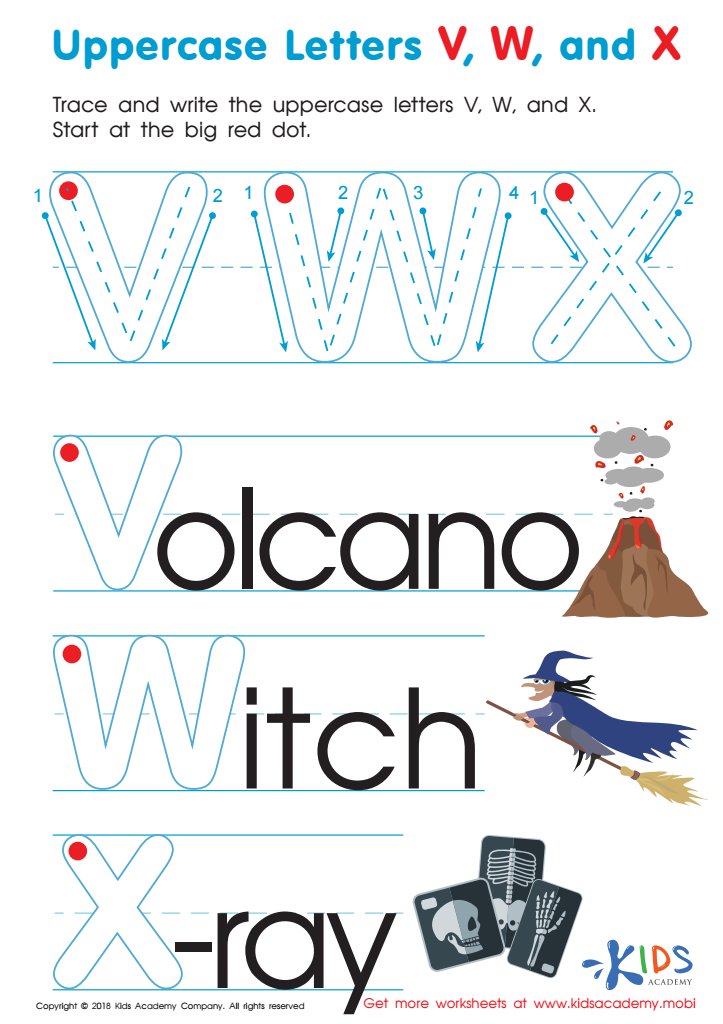

Uppercase Letters V, W, and X Worksheet
Normal Letter Recognition worksheets for Ages 4-6 play a pivotal role in early childhood education, laying the foundation for reading and writing success. These worksheets are specifically designed to match the developmental stage of children between the ages of 4 to 6, providing them with the perfect blend of challenge and engagement to foster learning. Engaging in Letter Recognition activities helps children differentiate between various letters, an essential skill for reading.
By integrating Normal Letter Recognition worksheets into their learning routine, children not only learn to identify letters by sight but also begin to understand the unique sounds each letter makes. This early phonemic awareness is critical for decoding words and paves the way for fluent reading. Furthermore, these worksheets offer repetitive practice in a fun and interactive manner, which is crucial for reinforcing memory and ensuring that letter shapes and sounds stick in young learners' minds.
Moreover, the use of Normal Letter Recognition worksheets for Ages 4-6 supports the development of fine motor skills. As children trace and write letters, they refine their pencil control, which is essential for good handwriting. In conclusion, incorporating these worksheets into early education curricula promotes literacy, cognitive skills, and physical coordination, making them an invaluable tool for preschool and kindergarten educators and parents alike.
 Assign to My Students
Assign to My Students















